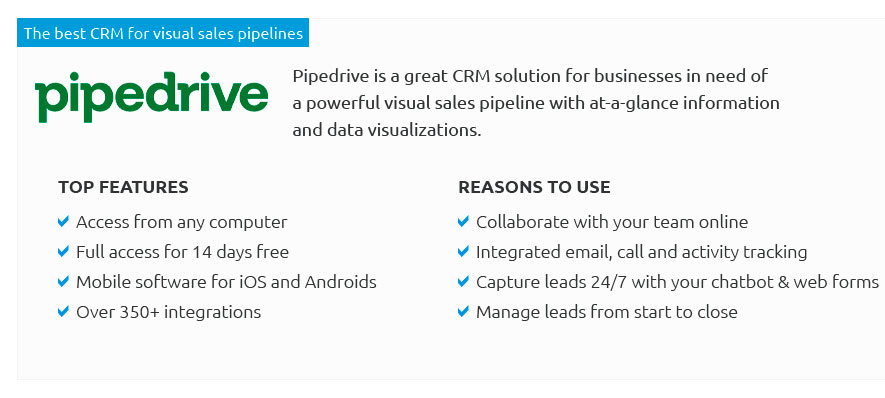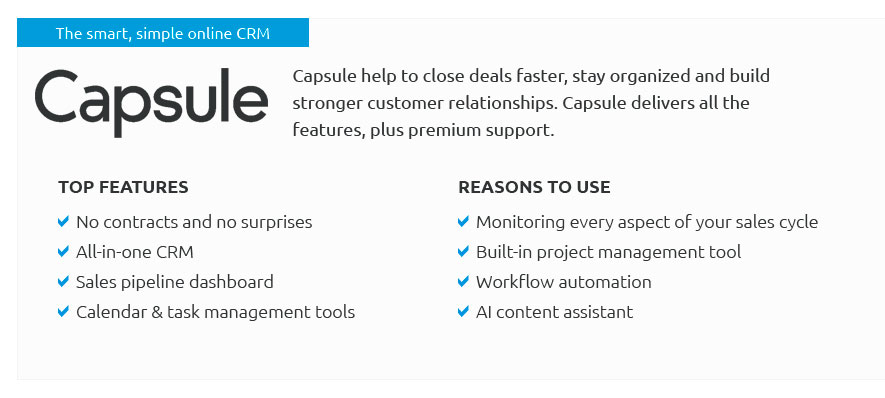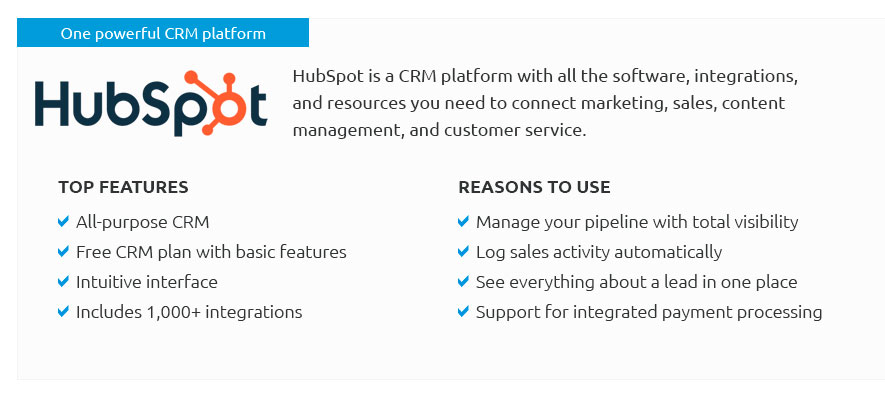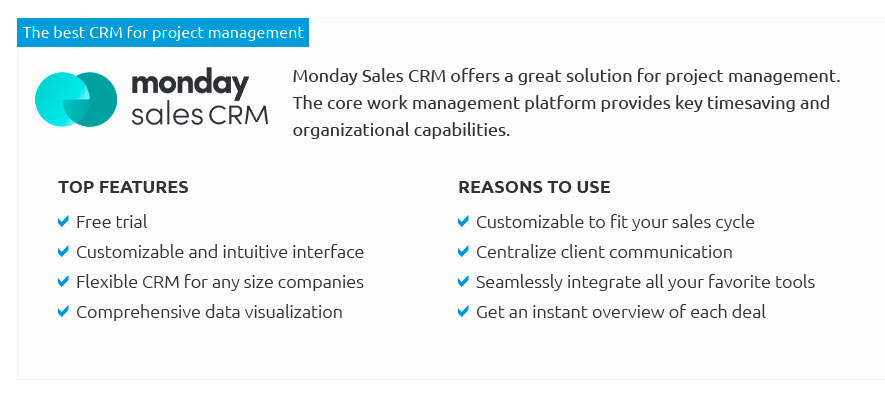 |
 |
 |
 |
 |
|
 |
|
 |
|
 |
|
 |
|
 |
|
 |
 |
|
q0sljdpp5 Unlock the future of customer relationship management with our definitive CRM software review, where we unveil the best CRM platforms that are revolutionizing the way businesses operate; imagine a world where powerful management dashboard examples not only simplify your data analysis but transform it into a dynamic, intuitive experience, empowering you to make smarter decisions, faster-no fluff, no jargon, just pure, unadulterated efficiency that catapults your business to new heights, because in a landscape cluttered with options, your choice of CRM should not just be a tool, but your most strategic asset.
https://www.geckoboard.com/dashboard-examples/operations/
Operations dashboards ; Management dashboard - Learn more about this dashboard and how it's used. ; IT dashboards - Want to see two more examples of IT dashboards? https://www.geckoboard.com/dashboard-examples/executive/management-dashboard/
Management dashboards are used by managers and team leaders to track both project and team performance. Unlike performance reviews, which tend to take place ... https://www.clearpointstrategy.com/blog/executive-dashboard-examples
A management, or executive, dashboard is used to display all measures and KPIs in one place to help managers make efficient decisions regarding the company's ...
|